The electric SUV market in 2025 has evolved faster than anyone expected. Just a few years ago the Nissan Ariya was one of the most anticipated EVs on the road promising comfort and futuristic technology in an elegant package. Today it faces a new wave of rivals that redefine what an electric crossover can offer. From long range endurance to software driven driving experiences every automaker seems determined to outshine the Ariya’s once unique appeal.
Choosing the right EV no longer depends only on design or price. Buyers now look deeper into real world range charging speed connectivity and long term value. The Nissan Ariya remains a capable and stylish option yet some alternatives deliver more performance or better technology at similar price points. This guide explores the ten best alternatives to the Nissan Ariya in 2025 ranked by how well they combine efficiency innovation and everyday usability. Whether you prioritize range reliability or the best in cabin tech these models represent the most balanced contenders in the next generation of electric mobility.
Contents
Tesla Model Y
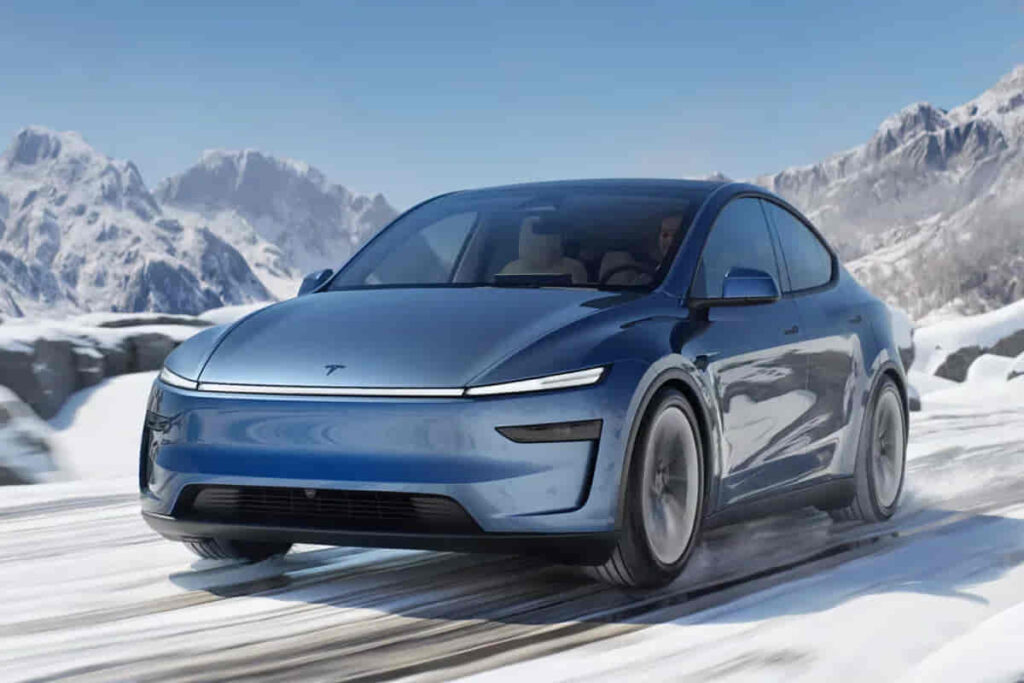
Among all the alternatives to the Nissan Ariya the Tesla Model Y continues to define what an electric SUV can achieve in real life. It delivers impressive acceleration, a quiet cabin, and an extensive charging network that gives it a strong advantage for long distance travel. While the Ariya offers a refined ride and modern comfort the Model Y positions itself as the more dynamic and connected choice. Its 330 mile range and access to the ever expanding Supercharger network reduce one of the biggest pain points for EV owners: charging anxiety.
Inside the cabin Tesla focuses on a minimalist approach that amplifies space and digital control. The large central screen integrates nearly every function from navigation to climate, creating a futuristic yet intuitive experience. The driving dynamics feel responsive and composed thanks to a low center of gravity and balanced power delivery. However, the Model Y’s higher price in upper trims and limited physical buttons may not appeal to every driver. For those who value cutting edge software, seamless updates, and an ecosystem built around convenience, the Tesla Model Y stands as a top tier alternative to the Nissan Ariya in 2025, blending range, performance, and innovation into a single confident package.
Hyundai Ioniq 5
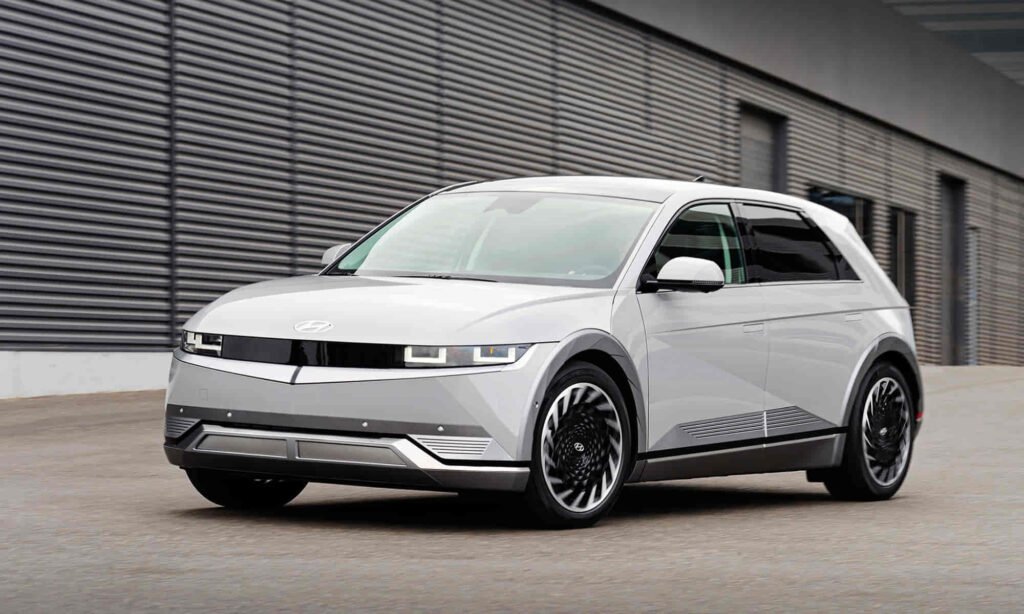
The Hyundai Ioniq 5 has quickly become one of the most compelling alternatives to the Nissan Ariya, standing out with a design that feels retro and futuristic at the same time. Where the Ariya focuses on elegance and quiet refinement, the Ioniq 5 emphasizes user experience and technological intelligence. Built on Hyundai’s advanced E-GMP platform, it supports 350-kilowatt ultra-fast charging that can replenish the battery from ten to eighty percent in less than twenty minutes, directly addressing one of the biggest frustrations among EV owners.
Beyond performance, the interior of the Ioniq 5 creates a feeling of space that rivals larger SUVs. The flat floor, sliding center console, and sustainable materials make it both comfortable and forward thinking. Its range of around 300 miles keeps it competitive with the Ariya while offering a smoother balance between efficiency and practicality. On the road, the Ioniq 5 feels stable and confident with a suspension tuned for daily comfort rather than aggressive handling. For drivers who value innovative design, rapid charging, and a family friendly layout, the Hyundai Ioniq 5 is more than just a competitor. It represents how thoughtful engineering can transform what people expect from an electric crossover in 2025.
Ford Mustang Mach-E
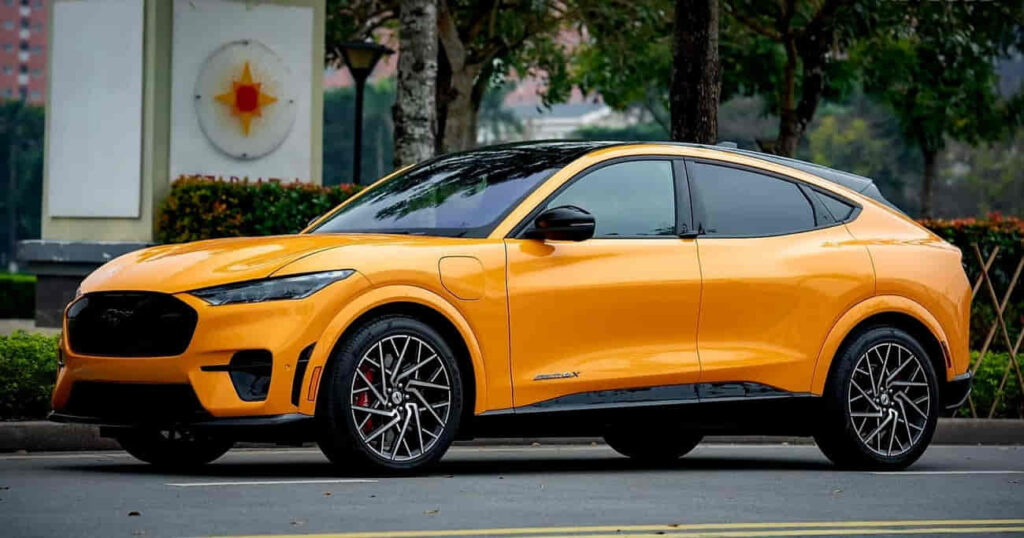
The Ford Mustang Mach-E adds excitement to the lineup of alternatives to the Nissan Ariya by bringing a sense of performance and personality to the electric SUV market. While the Ariya focuses on serene driving and a luxurious feel, the Mach-E embraces the emotional side of mobility, capturing the spirit of the Mustang name through instant torque and agile handling. It delivers a sense of engagement that many EVs overlook, creating a connection between driver and machine that feels refreshingly human in an increasingly digital world.
Ford has also refined its approach to technology and usability. The large portrait touchscreen and SYNC 4A software are intuitive, offering seamless smartphone integration and over-the-air updates that keep the system current. Range options vary between 250 and 312 miles, giving buyers flexibility depending on their priorities. While its charging speed is not as rapid as that of the Hyundai Ioniq 5, the Mach-E’s driving confidence and sporty edge make it a rewarding alternative. For those who find the Nissan Ariya too understated or detached, the Ford Mustang Mach-E provides an energetic yet practical interpretation of what an electric SUV should be in 2025.
Volkswagen ID.4
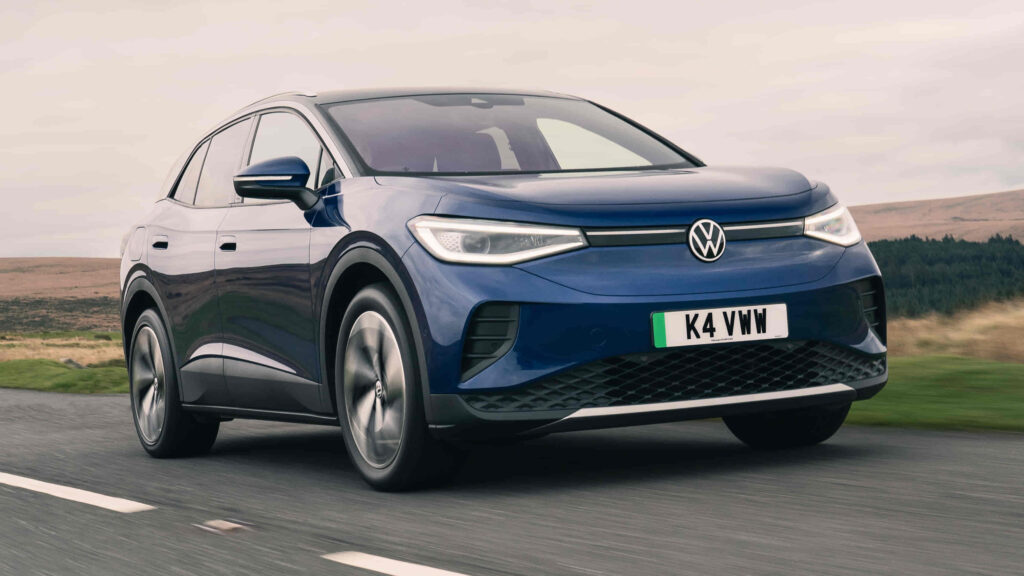
The Volkswagen ID.4 earns its place among the top alternatives to the Nissan Ariya by appealing to drivers who prioritize practicality and everyday comfort over bold styling or extreme performance. It represents the German brand’s approach to making electric mobility accessible, reliable, and familiar. While the Ariya captures attention with its futuristic interior and refined details, the ID.4 focuses on simplicity and usability, giving buyers an EV that feels immediately intuitive.
On the road, the ID.4 delivers a smooth and quiet ride with a well-balanced chassis that absorbs bumps and uneven surfaces effortlessly. Its estimated range of up to 275 miles suits most daily needs, while the growing network of Electrify America chargers helps reduce range concerns. Inside, the cabin offers generous space and a friendly design language that makes the transition from gasoline to electric driving easier for newcomers. Some drivers may find the infotainment system less responsive compared to newer rivals, but Volkswagen has steadily improved software updates to enhance performance and user experience. For families and commuters seeking a dependable electric SUV with proven build quality, the Volkswagen ID.4 remains one of the most balanced and trustworthy alternatives to the Nissan Ariya in 2025.
Kia EV6
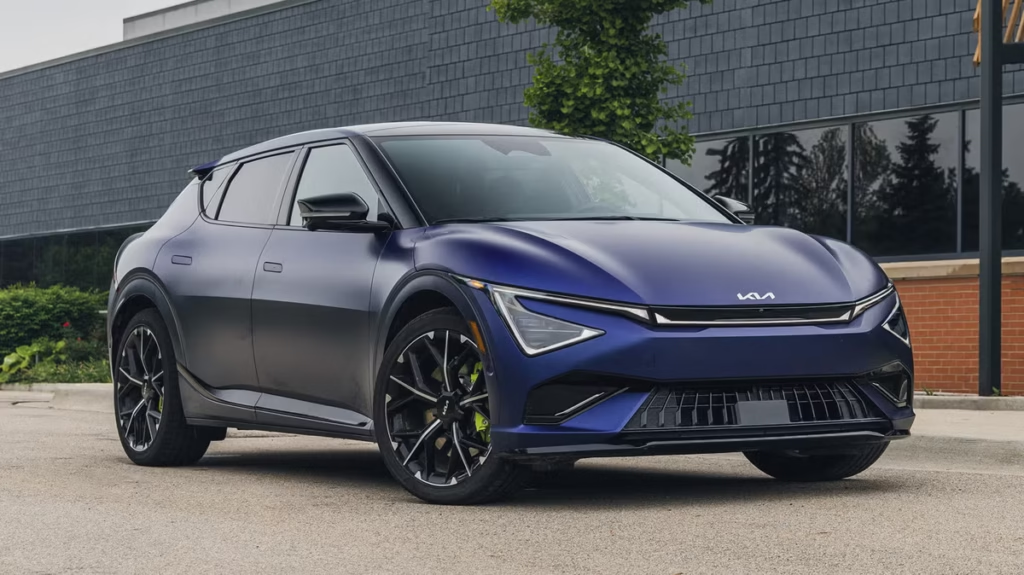
The Kia EV6 has quickly risen as one of the strongest alternatives to the Nissan Ariya, blending design innovation with performance and everyday practicality. It captures attention with a sleek and athletic silhouette that feels more like a sports crossover than a traditional SUV. While the Ariya emphasizes calm sophistication, the EV6 adds a sense of motion and purpose even when standing still. This emotional appeal is backed by impressive engineering, offering up to 310 miles of range and ultra-fast charging that restores most of the battery in less than twenty minutes under optimal conditions.
Inside, the EV6 reflects Kia’s new design philosophy focused on comfort and digital integration. The curved panoramic display merges the instrument cluster and infotainment system into one seamless interface, creating an immersive driving environment. Materials are sustainable yet premium, showing how technology and responsibility can coexist. The ride is firm but confident, delivering stability on highways and agility in city streets. For drivers who want a futuristic EV that combines performance, sustainability, and distinct character, the Kia EV6 stands as a modern and stylish alternative to the Nissan Ariya, proving that electric driving can be both exciting and efficient.
Chevrolet Blazer EV
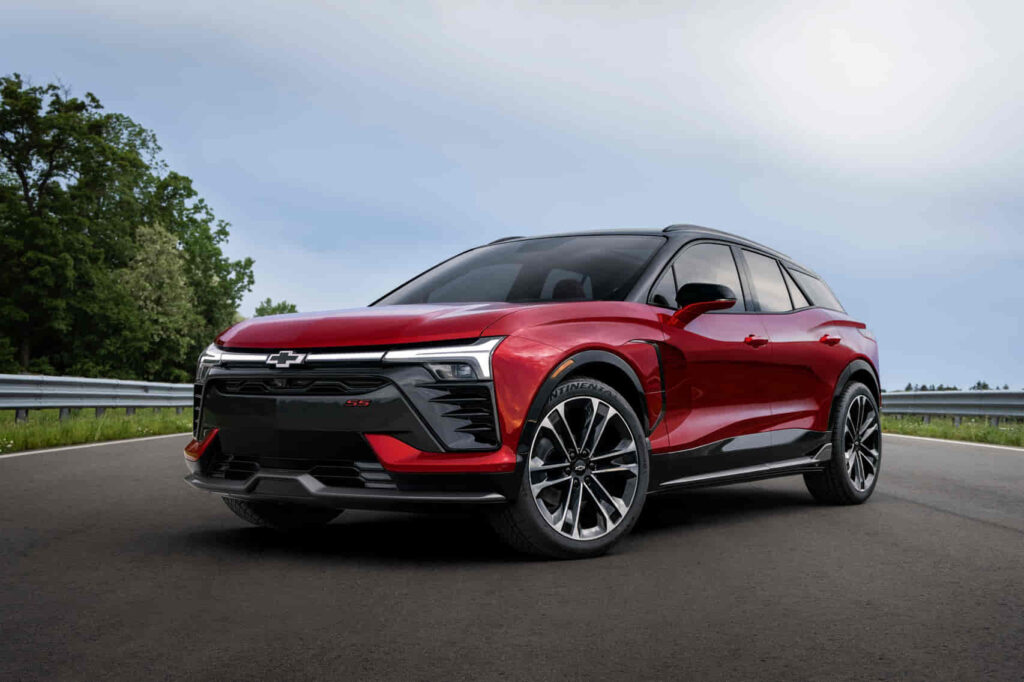
The Chevrolet Blazer EV brings an American perspective to the growing field of alternatives to the Nissan Ariya. It reintroduces a familiar nameplate with an entirely new electric identity, powered by General Motors’ advanced Ultium battery platform. The result is a bold and confident SUV that blends muscular styling with the latest EV technology. While the Ariya attracts attention for its Japanese refinement and calm design language, the Blazer EV takes a more expressive route, appealing to those who want power and personality in an electric vehicle.
In real-world driving, the Blazer EV delivers strong acceleration and a composed ride that reflects Chevrolet’s growing experience in electric performance. Its range, which can exceed 300 miles depending on the trim, provides flexibility for both daily commuting and longer journeys. The cabin is designed with practicality in mind, combining spacious seating, intuitive controls, and modern connectivity features. Some trims even introduce Super Cruise, GM’s hands-free driving system, adding a layer of innovation rarely seen in its price segment. Availability may remain limited early in 2025, but for drivers who value style, power, and a distinctly American feel, the Chevrolet Blazer EV is a standout alternative to the Nissan Ariya that combines ambition with real-world usability.
Toyota bZ4X
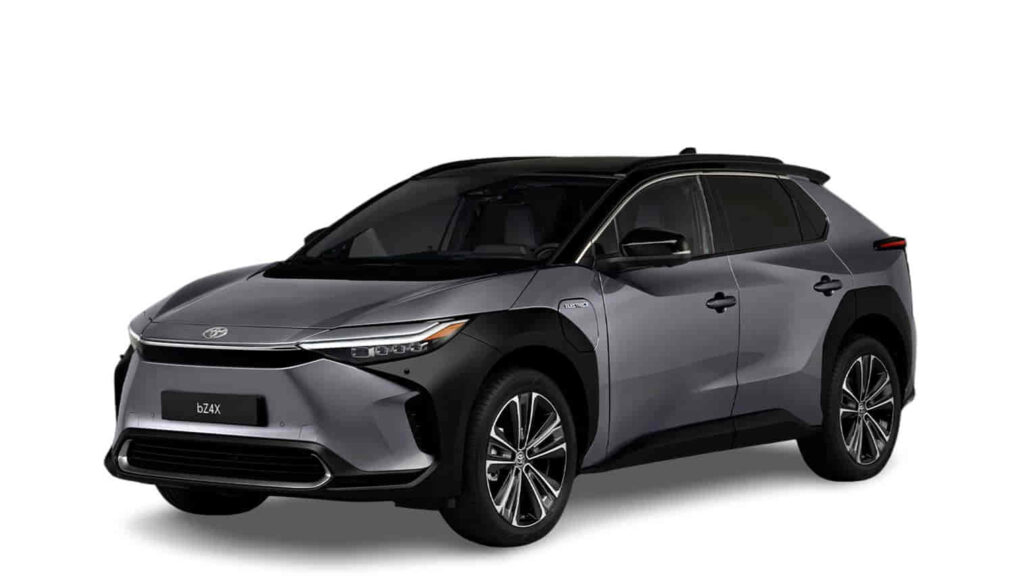
The Toyota bZ4X stands among the most sensible alternatives to the Nissan Ariya, representing Toyota’s first serious step into fully electric mobility. While the Ariya impresses with its premium atmosphere and technology-driven comfort, the bZ4X appeals to those who value long-term reliability and predictable ownership costs. It captures Toyota’s decades of experience in hybrid technology and translates that knowledge into an EV that feels secure and easy to live with.
Driving the bZ4X is an exercise in calmness. The steering is light, the cabin remains quiet even on rough surfaces, and the overall ride quality favors stability over sportiness. Its range of around 252 miles may not break records, but its efficiency and conservative energy management reflect Toyota’s focus on practicality. Inside, the materials feel durable and clean, while the layout emphasizes simplicity rather than experimentation. Safety remains a key strength, with the latest Toyota Safety Sense suite offering comprehensive driver assistance features. For drivers who want a dependable and stress-free transition into electric ownership, the Toyota bZ4X provides a grounded and trustworthy alternative to the Nissan Ariya, built on a legacy of reliability that few brands can match.
Volvo EX30
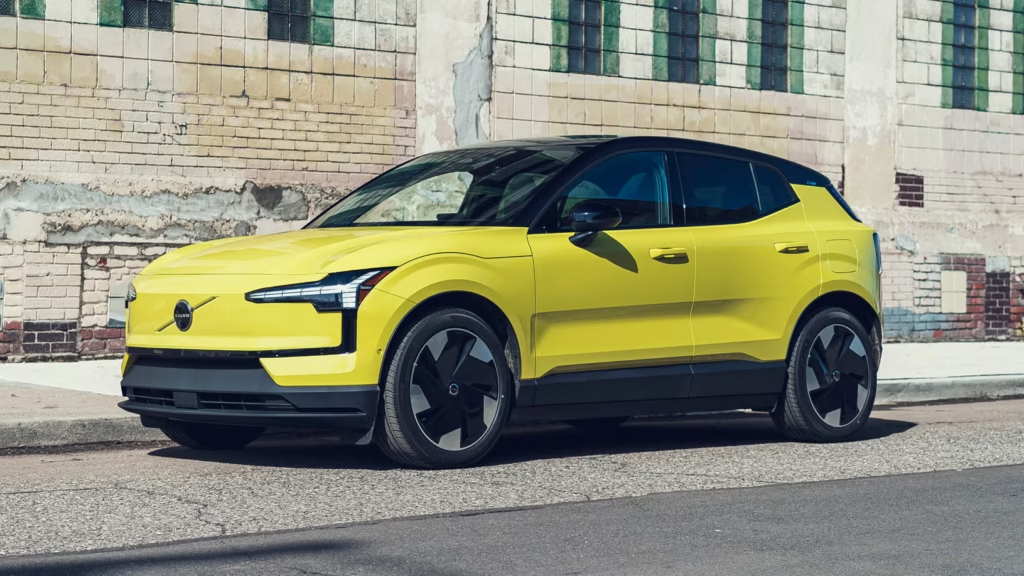
The Volvo EX30 has emerged as one of the most intriguing alternatives to the Nissan Ariya, proving that luxury and sustainability can coexist in a compact electric SUV. It carries Volvo’s minimalist Scandinavian design language, where every detail feels intentional and calm. Unlike the Ariya, which leans toward futuristic elegance, the EX30 embraces simplicity and purity, offering an atmosphere that soothes rather than dazzles. Despite its smaller size, it feels confident and substantial on the road, delivering a composed and secure driving experience that reflects Volvo’s safety heritage.
The EX30’s powertrain options provide brisk acceleration and solid range, reaching up to 275 miles in the single motor version. Charging is efficient, and its cabin design maximizes interior space with sustainable materials such as recycled textiles and responsibly sourced metals. The infotainment system, powered by Google integration, keeps navigation and voice control intuitive and familiar. What makes the EX30 particularly appealing is its accessibility: it delivers premium quality at a lower price point than many competitors, including the Ariya. For drivers who seek a refined, eco-conscious, and human-centered electric SUV, the Volvo EX30 represents a thoughtful alternative to the Nissan Ariya and signals the next evolution of Scandinavian electric design.
Polestar 2 SUV (2025 model)
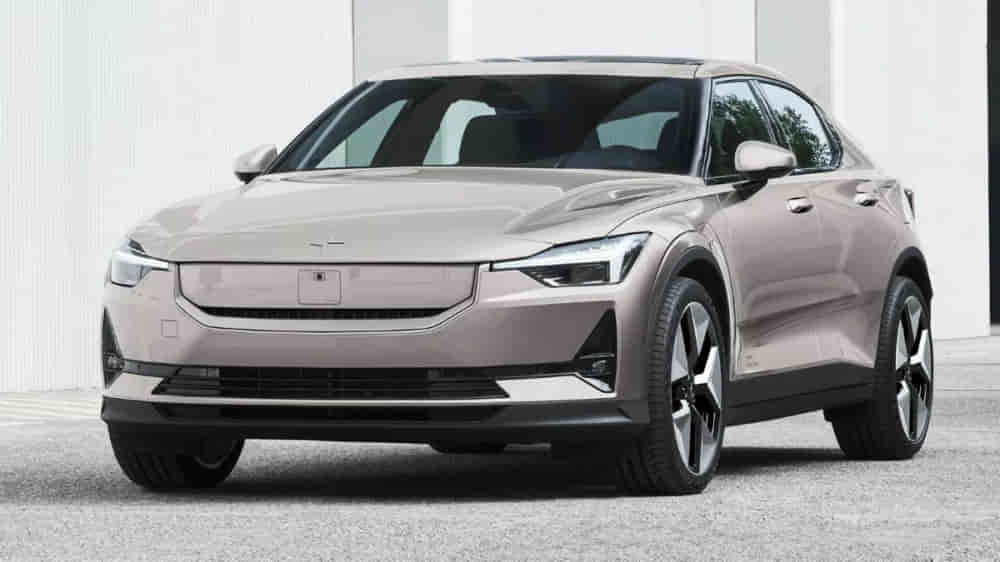
The Polestar 2 SUV stands as one of the most refined and performance-focused alternatives to the Nissan Ariya in 2025. Born from Volvo’s electric sub-brand, it combines Scandinavian design clarity with engineering precision. While the Ariya highlights comfort and approachability, the Polestar 2 SUV aims to deliver a more emotional and driver-oriented experience. It brings sharp handling, responsive acceleration, and a confident road presence that appeals to those who see electric driving as both intelligent and enjoyable.
Inside, the Polestar 2 SUV embodies a balance of minimalism and technology. The Google-based infotainment system integrates seamlessly with voice commands and apps, ensuring that navigation and connectivity feel intuitive. Materials are sustainable yet luxurious, reflecting the brand’s commitment to responsible innovation. Its expected range, around 300 miles, positions it competitively among mid-size electric SUVs, while its attention to detail and tactile design elevate it beyond a purely functional vehicle. For drivers who view electric mobility as a statement of taste and precision, the Polestar 2 SUV offers an elegant alternative to the Nissan Ariya, combining Scandinavian restraint with the thrill of electric performance in a uniquely balanced way.
Subaru Solterra
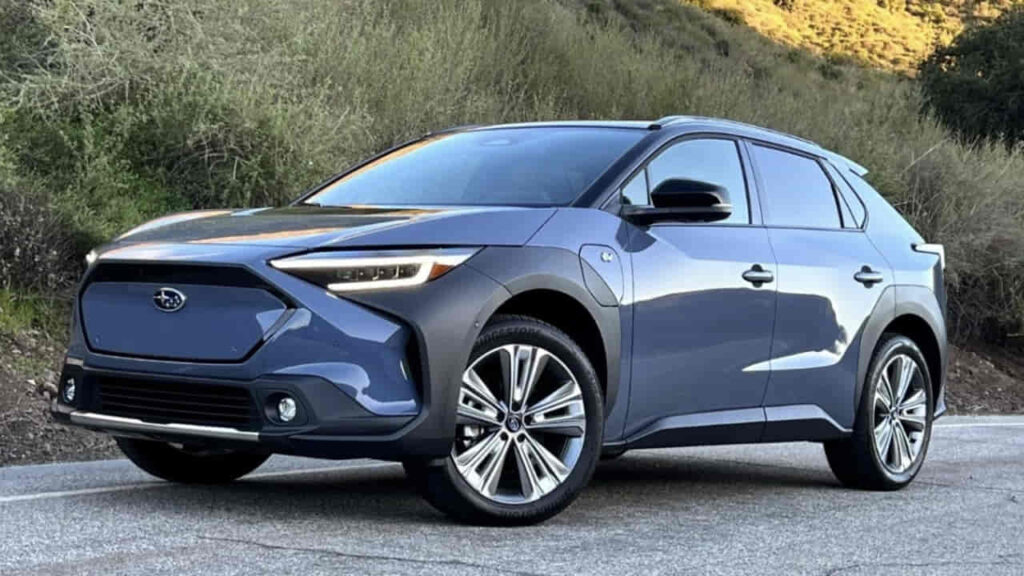
The Subaru Solterra closes the list of top alternatives to the Nissan Ariya by offering a unique blend of practicality and outdoor capability. Designed in collaboration with Toyota, it brings Subaru’s renowned all-wheel-drive expertise into the electric era, giving drivers confidence on rough terrain and in unpredictable weather. While the Ariya excels in refinement and design, the Solterra appeals to those who view an SUV as more than a commuter vehicle. It embodies the adventurous spirit that defines Subaru, transforming electric mobility into something ready for exploration.
On the road, the Solterra feels solid and secure, with predictable handling and a ride tuned for comfort rather than speed. Its range of around 228 miles may seem modest compared to some rivals, but its efficiency and rugged reliability compensate for the shorter distance. Inside, the cabin is practical and thoughtfully arranged, emphasizing visibility and control. The inclusion of advanced safety features such as Subaru’s EyeSight driver assist system reinforces the brand’s reputation for protection and dependability. For drivers who want an electric SUV that maintains the brand’s DNA of confidence and adventure, the Subaru Solterra stands as a grounded and capable alternative to the Nissan Ariya.
Conclusion
The Nissan Ariya remains a thoughtful and well-rounded choice in the electric SUV market, but 2025 has proven that competition breeds innovation. The landscape of electric mobility is broader than ever, offering alternatives to the Nissan Ariya that excel in range, design, performance, and everyday value. From the high-tech precision of the Tesla Model Y to the practicality of the Volkswagen ID.4 and the emotional design of the Kia EV6, each contender brings a unique interpretation of what modern electric driving should feel like.
Choosing among these vehicles is no longer about finding the single best option but rather discovering which one aligns with your lifestyle and priorities. Some drivers may seek the fastest charging, others the quietest cabin, and some the most connected ecosystem. What unites them all is the shared vision of cleaner, smarter mobility. As technology advances and infrastructure expands, these ten models highlight just how dynamic and exciting the shift to electric driving has become. If you are exploring the best alternatives to the Nissan Ariya, now is the perfect time to test, compare, and experience the future of electric SUVs for yourself.